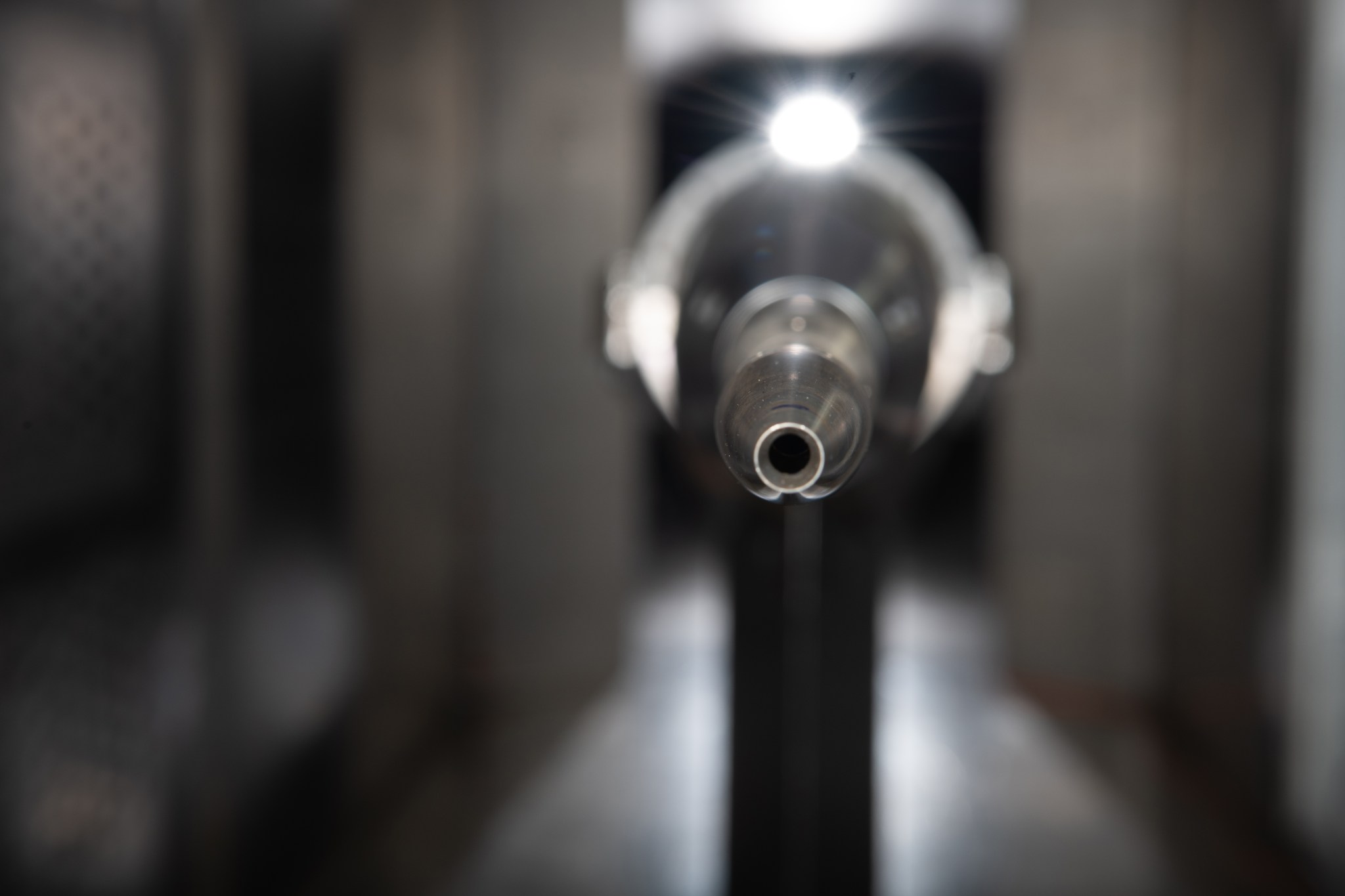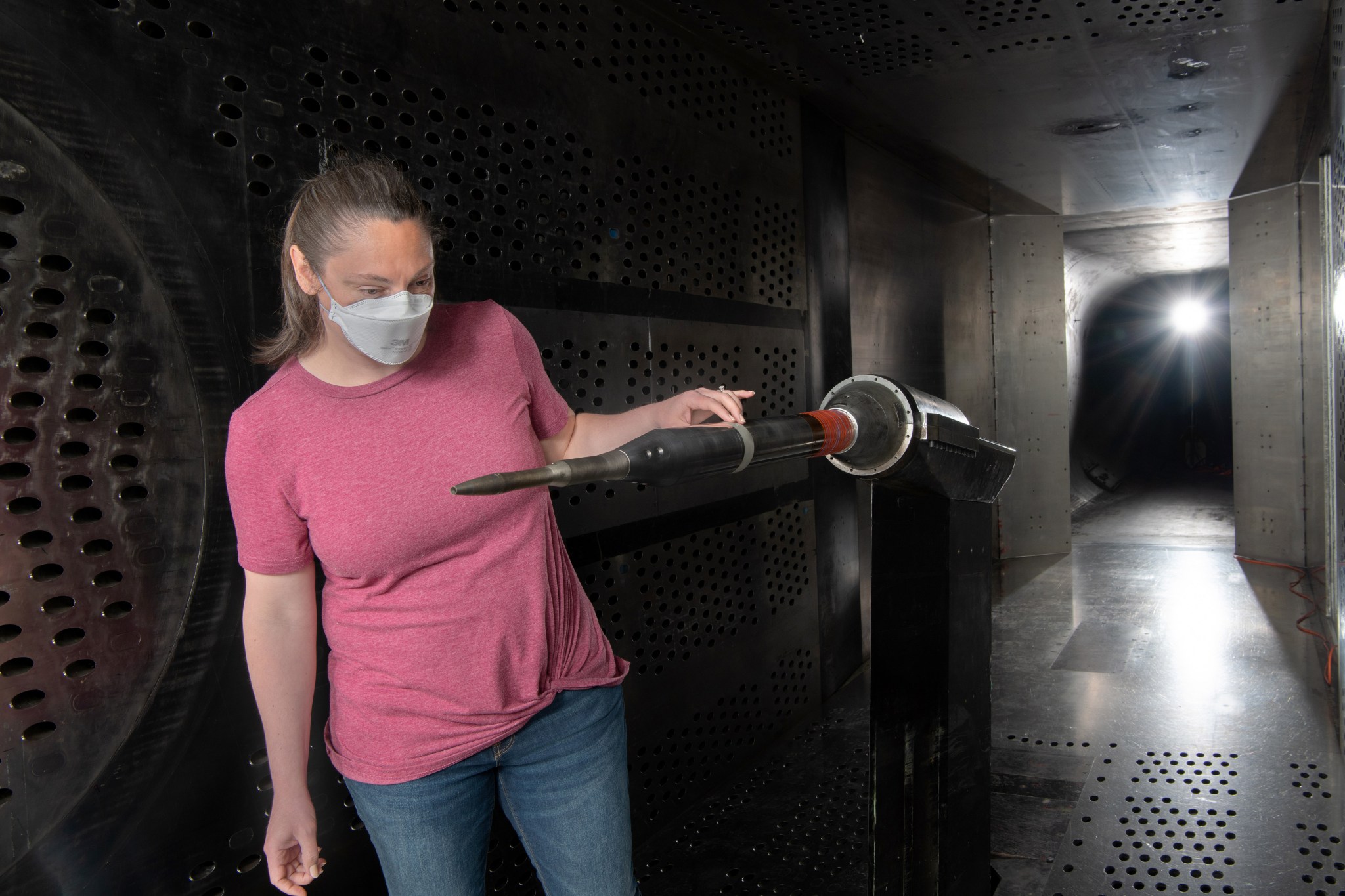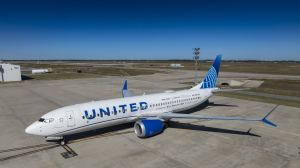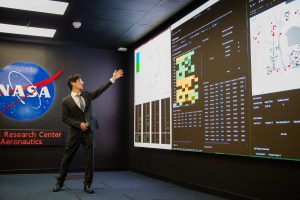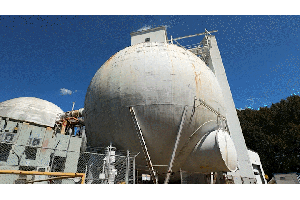Mountains of data will be required if NASA’s X-59 Quiet SuperSonic Technology airplane is going to help change the future of commercial supersonic flight over land, and a sophisticated suite of instruments is needed in the air and on the ground to collect it.
On the aircraft, these instruments are known as the air data system. A computer takes input from probes, sensors, and other devices and feeds that information – like altitude, airspeed, air pressure, and temperature – to the pilot and flight control computer to ensure safe and accurate flying.
In an effort to perfect the X-59’s air data system, engineers from across the agency visited the 8- by 6-foot Supersonic Wind Tunnel at NASA’s Glenn Research in Cleveland. There, they evaluated the air data probe, which is installed at the tip of the aircraft’s nose and is used to measure key flight parameters, as well as the aircraft’s attitude while flying.
“As the aircraft flies, it is critical that we have the most accurate flight data available for safety and the supersonic research mission,” said Jeff Flamm, the X-59 lead aerodynamics engineer at NASA’s Langley Research Center. “Wind tunnels give us a controlled environment to precisely calibrate the aircraft’s probes and sensors, and the data we collect at Glenn will inform the decisions we make to set us up for success during our initial flights.”
While in the tunnel, the probe was subjected to various flight conditions, including runs at takeoff, transonic, and supersonic speeds, to fine tune and verify successful hardware and software operation. The wind tunnel data will be used during initial flight testing, while the team uses the real flight data from the early flights to further calibrate the air data system to adjust for any conditions not presented during testing.
“We are able to simulate specific flight conditions and speeds in our wind tunnel, which has made it a destination for the X-59 team,” said David Friedlander, research engineer at NASA Glenn. “An aircraft like the X-59 will cover a multitude of flight scenarios and different ambient environments, so the tunnel data we produce is critical to its success.”
The air data probe is now on its way to Lockheed Martin Skunk Works to be installed on the X-59. NASA is planning to start its test flight series in 2022.
The X-59 team will return to the tunnel at NASA Glenn later this year to complete a sonic boom test. Using a small model – measuring about a foot and a half in length – this test will produce pressure, or “shock wave,” data to compare with computer modeling and better predict actual sonic booms and sonic thumps during flights. After leaving Glenn, the team will travel to Japan for additional testing with JAXA. The outcome of both tests will validate the unique airframe design technologies NASA believes will allow future supersonic planes to fly quietly.
Once the X-59’s airworthiness has been proven in wind tunnel and flight testing, NASA will begin community overflights in 2024 to gauge the public’s perception of the sonic thump. Data from these flights will be presented to regulators in the U.S. and abroad with the potential to lift the ban on commercial supersonic flight over land.
Top Image: The X-59 QueSST’s air data probe is mounted inside the 8- by- 6-foot Supersonic Wind Tunnel at NASA’s Glenn Research Center.
Jimi Russell
NASA’s Glenn Research Center

























